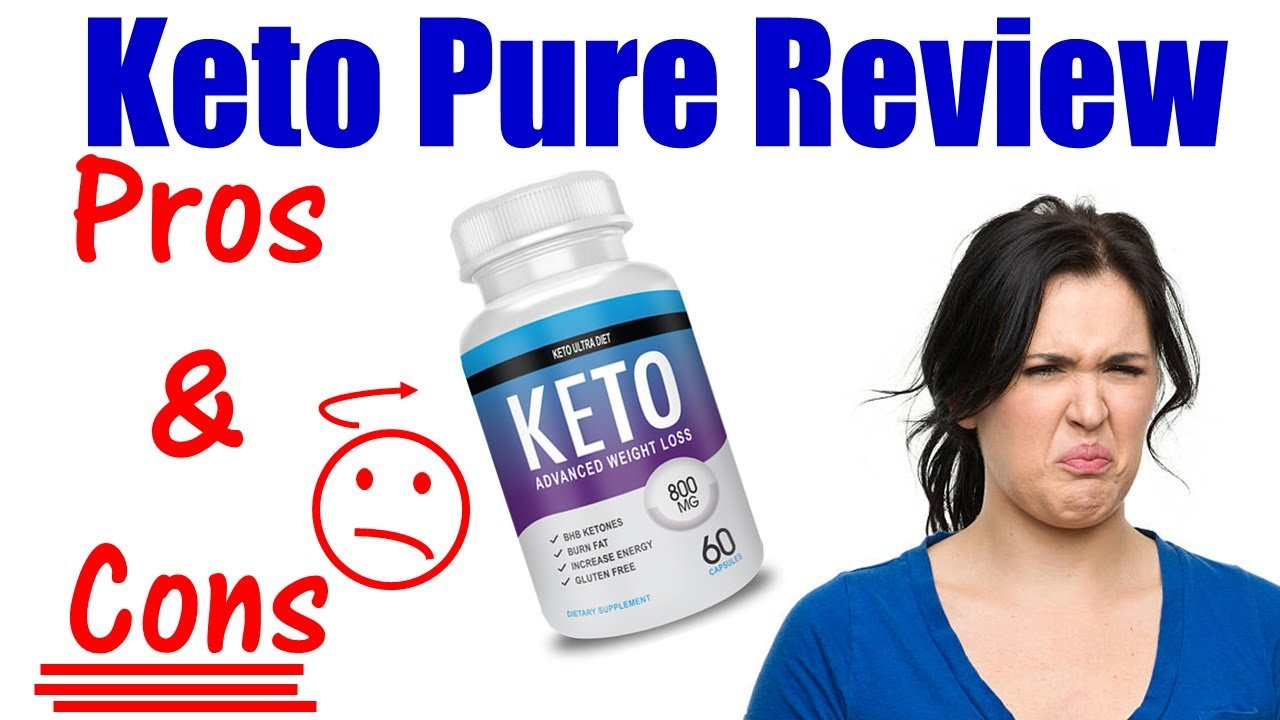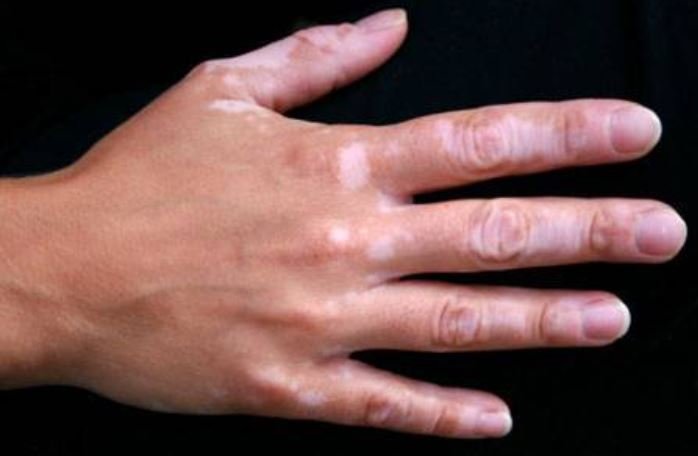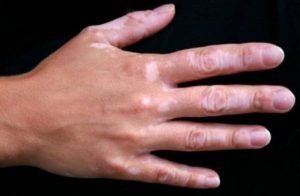

The appearance of white spots on hands, like on any other body part, is quite worrying. This is more so when such spots, dots or patches on hands come and go. Although at most times they are painless, depending on what is causing them, they can be painful and itchy.
Tiny or small white patches, spots or dots on your hands can also be embarrassing given that some of us are used to wearing short-sleeved shirts. The problem comes when these spots start as small ones then grow to become big conspicuous spots.

Is this vitiligo
Many people, who are victims of this discoloration, do not understand where they come from. You don’t need to worry about them as they are caused by various things, most of which can be managed at home through existing simple home remedies.
The appearance of white spots on your hands means that something is wrong. They are an indication of exposure to some elements or an infection. Commonly, they signify depigmentation. The big question, therefore, is; what is causing this depigmentation?
As you know, your skin color is due to the production of melanin by melanocytes. There comes a time when these melanocytes are infected or deactivated. This deactivation can be as a result of fungal infection, exposure to UV light or chemicals.
Commonly, the appearance of white patches on hands, face, around eyes, feet and anywhere on the body makes us think of vitiligo. This is one of the most common skin discoloration disorders. It is asymptomatic and starts by causing white patches on one part of the body before spreading to other parts of the body.
Where are the white spots on your hands coming from? There have been a lot of superstitions surrounding appearance of these spots.
Some people will talk of white spots on hands due to circulation, or when cold. There are others who believe that the white dots or patches on the skin are because of sunburn or age spots. Irrespective of what you believe to be the cause, these spots, dots or patches signify that your melanocytes are not functioning properly.
According to Progressivehealth.com, white spots on hands can be an indication of various things that ought to be taken seriously.
The common causes include:
There are some skin infections or conditions manifest themselves in the form of white patches, or dots on the skin.
One of the common such condition is eczema. Do you know what eczema is? Some people call it atopic dermatitis. In most cases, this condition makes your skin red and itchy. However, it may make your skin develop white spots.
According to Mayoclinic.org, eczema comes along with the following symptoms alongside white spots on hands:
Tinea versicolor is a fungal infection that mainly targets various parts of the body including your hands. Some people call it pityriasis versicolor. It is the most common yeast infection that leads to the occurrence of white spots on hands.
This disease is believed to be caused by the following yeast microbial elements:
People living in hot, humid areas are at a higher risk of contracting this disease. Hot and humid climate provides a good environment for the yeast that causes the disease to grow. This is common among young adults as well as the adolescents.
Are your spots on your hands as a result from Tinea versicolor? According to the American Academy of Dermatology, tinea versicolor poses the following symptoms:
If you are noting some of these symptoms, you don’t have to worry as you can easily manage this condition. Generally, tinea versicolor is managed by topical antifungal ointments. These are applied to the affected areas of your skin. The most common antifungal ointments that you can use include:
You can also make use of oral antifungal drugs that are available in every chemist. However, it may take weeks to months before your original skin color is restored.
Vitiligo is the worst skin nightmare for every person. In fact, no one wishes to have this condition. Damage or deactivation of melanocytes results to Vitiligo. The condition mainly involves skin depigmentation, especially appearance white colored patches or spots on various parts of the body.
The spots, dots, and patches may spread from hands to other body parts. Depending on the severity of vitiligo, immediate medical help is recommended. If left untreated, it may become a permanent skin condition.
Vitiligo is more pronounced among the dark-skinned people. Due to their dark skin color, any depigmentation is highly conspicuous. As melanocytes are destroyed, the original skin color disappears and is replaced with white spots, that later become big patches.
Are the white patches on your hands because of vitiligo? Here are other symptoms you can check to ascertain if you are having vitiligo infection:
If you are noting any of the above symptoms, then you should seek vitiligo treatment.
What causes vitiligo? This is a common question among many people. This condition is caused by the following risk factors:
Vitiligo is termed to be a terminal skin problem. What starts as a single spot becomes a white patch within a few days. The spots are initially noted on the hands, face, and neck. Within weeks, they become dots and later patches.
A closer look at vitiligo spots reveals three zones. However, the white zone dominates the other two. The spots or patches indicate the level of hypopigmentation.
You don’t have to worry if the white spots on your hands aren’t growing. These can easily be managed through camouflaging your skin. This is covering them with creams and lotions.
However, if they grow rapidly, then you need to worry since what started as a small spot may soon become a patch. In such a case, you must ensure they get their original pigment back. Is it possible to reverse depigmentation?
According to Medhelp.org, there are various treatment options that can help in repigmentation of your skin.
Some of the available treatment options include:
References